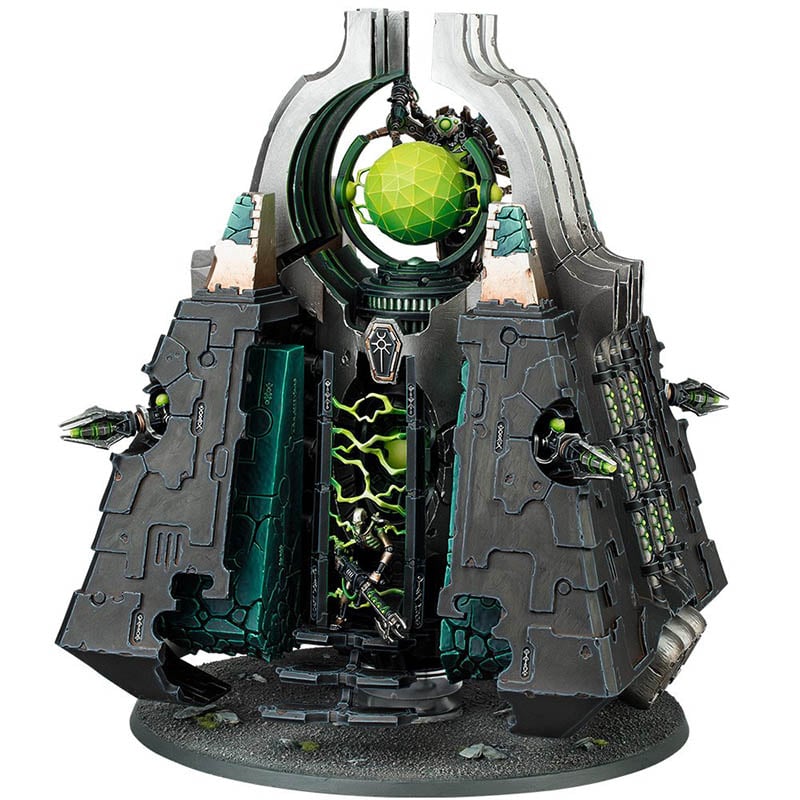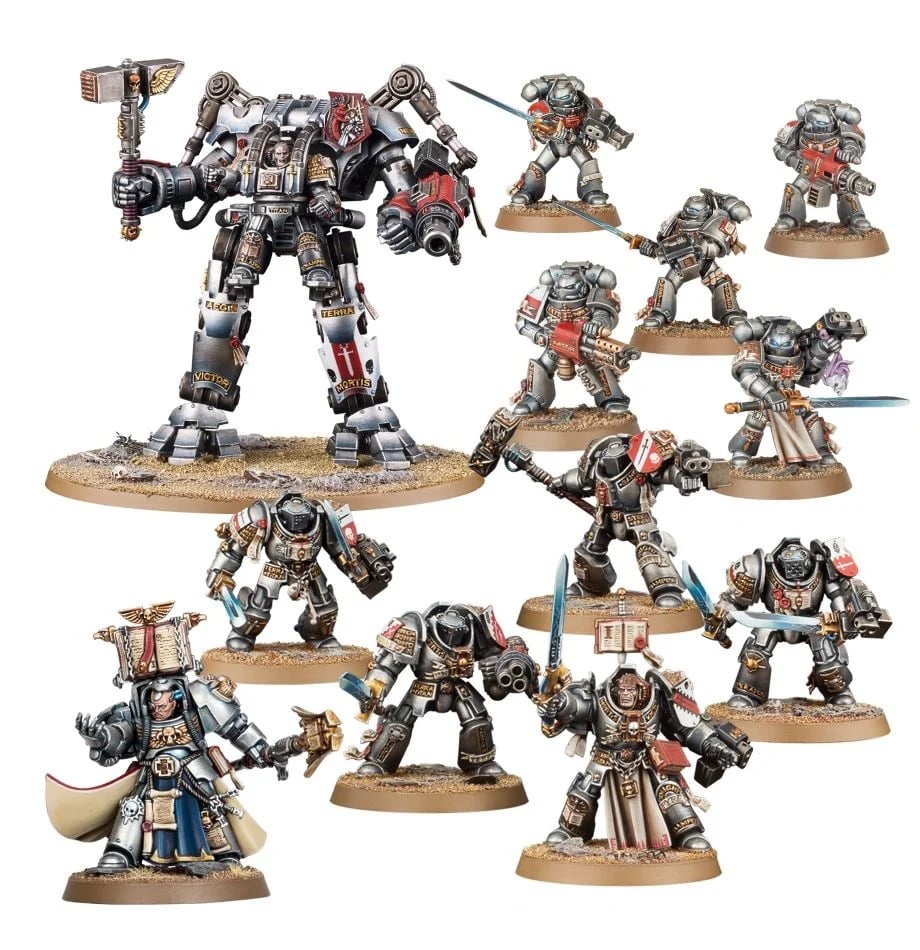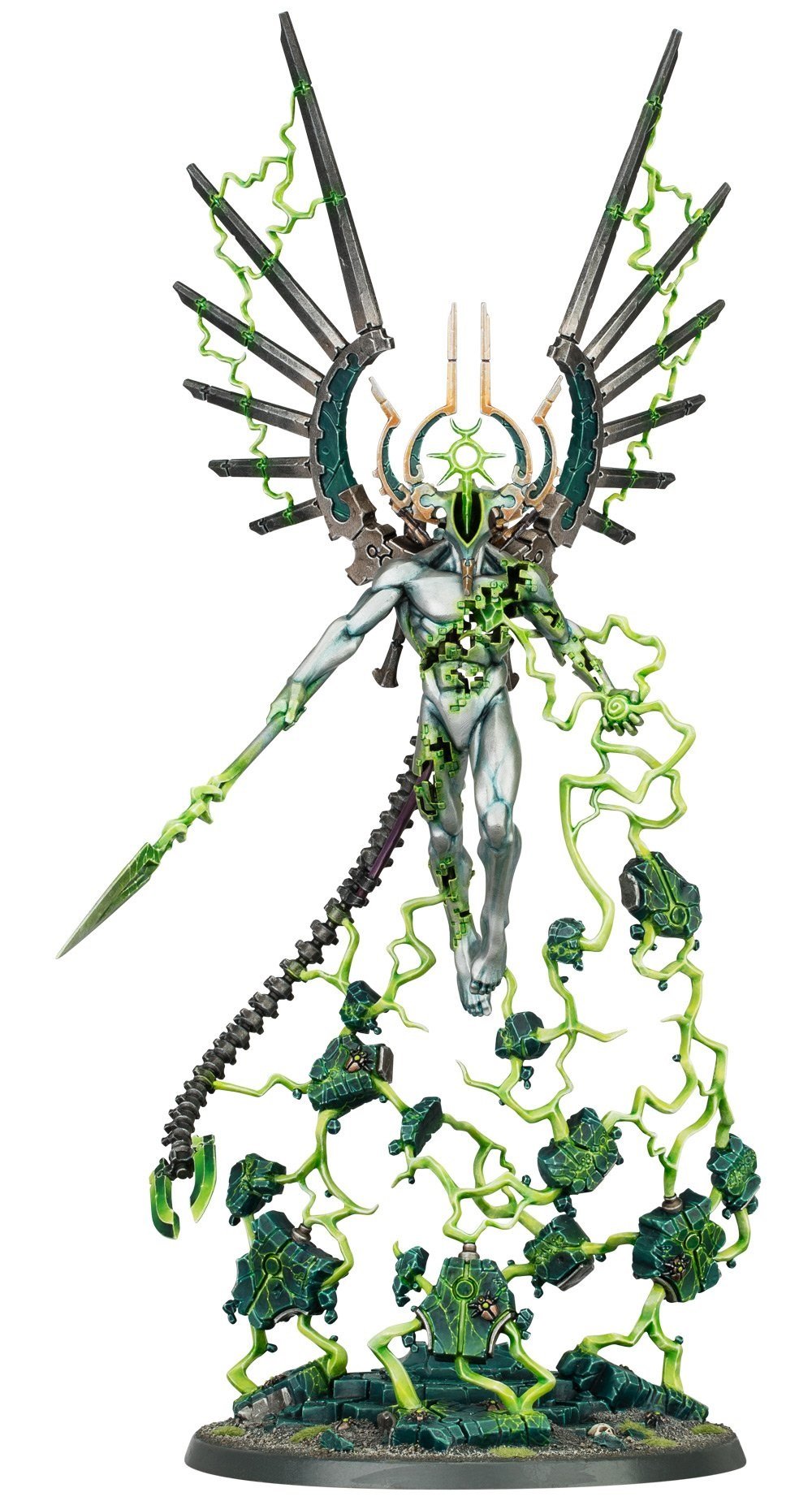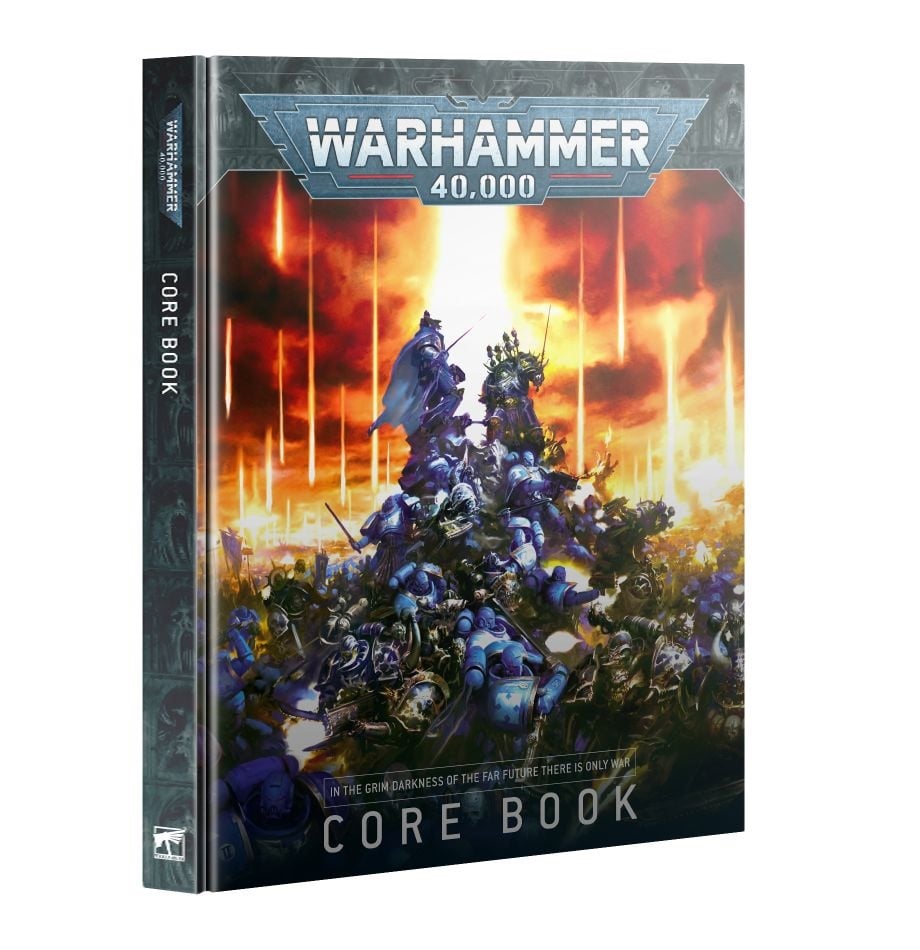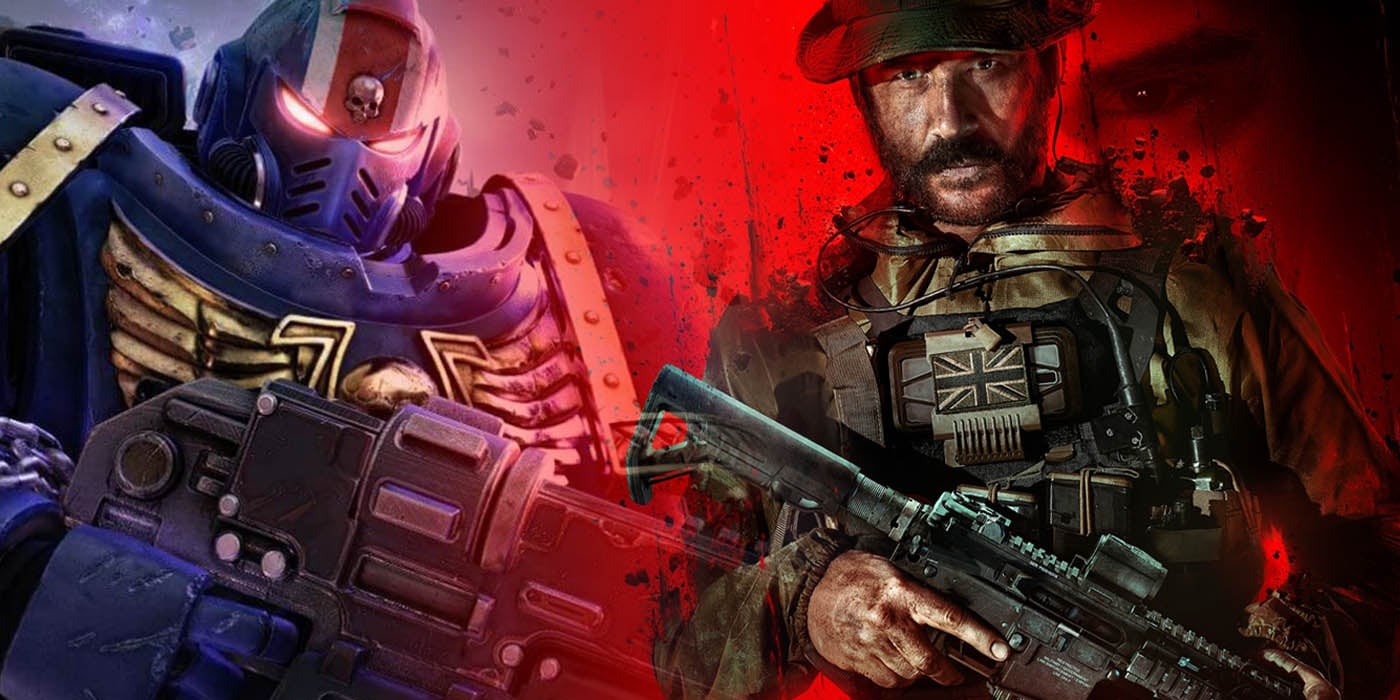Goatboy’s Warhammer 40K: Why Do Teleport Armies Rule in 10th?
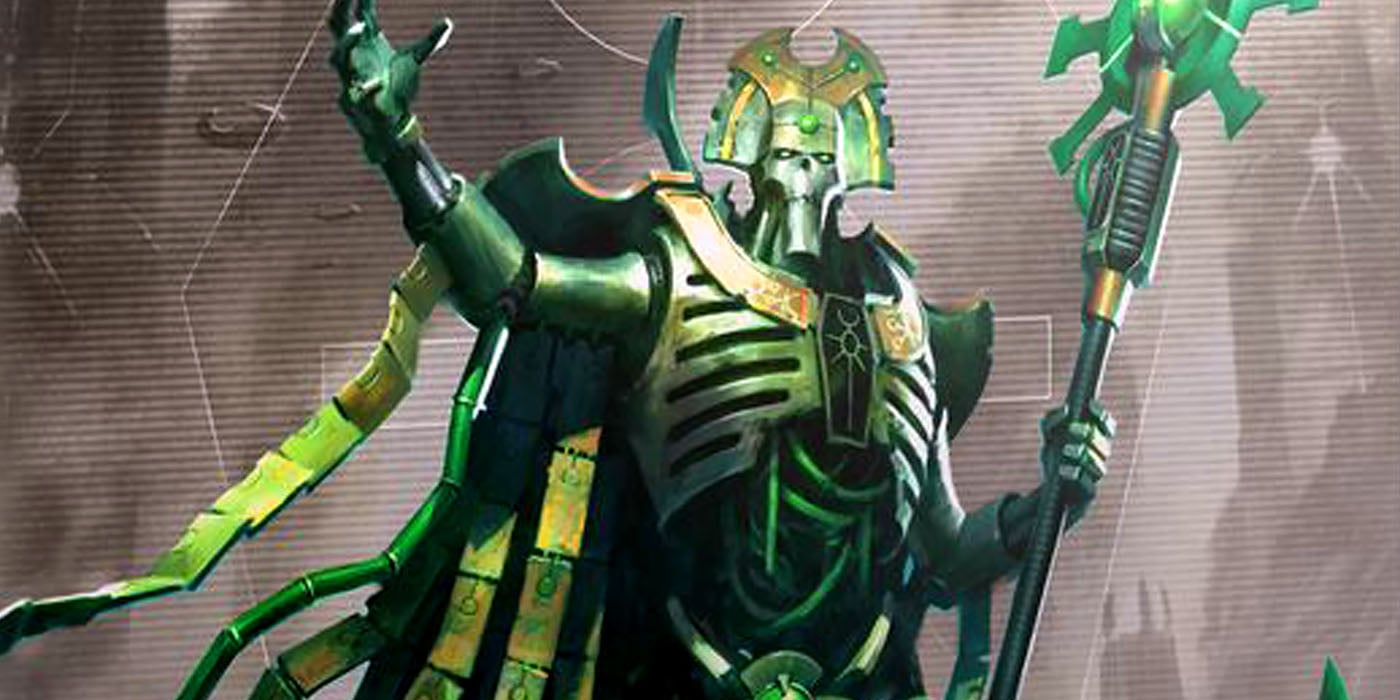
Goatboy here with a big Warhammer 40K 10th Edition question. Why are these newer teleport style armies doing so well?
What makes them tick in a way that the “stronger” player can just outplay an opponent so easily? What’s the secret sauce that makes Teleport armies zing while we zag and fall apart?
Warhammer 40k 10th Edition is a game of movement, with additional heavy amounts of math used to destroy enemy units. The movement part is the biggest key in how you can control your game. This is because it is usually something you don’t need to rely on a dice roll to use. This is important as, again, no matter how many dice we buy, we can’t really control the outcome of a dice roll (well, you can, but you have to dig those dice out of a toilet). A ton of the game is won during the movement phase and how you control, patrol, and defend your land from the enemy’s clutches.
Movement Matters More Than Dice
This is why teleport or redeploy armies can be so powerful in the hands of an experienced player. It is why you see some skewed winning lists that initial players can’t pilot well, but some of the more “professional” players just wreck face with. It is one thing to take an army that has all the damage/protection advantages to just not care about the opponent. It is a whole other thing to take something where you have to out-maneuver your opponent’s tiny plastic dudesmen.
Creating avenues of pressure all of a sudden can really throw a player off. It creates a cascade of bad decisions a lot of the time. Oh, did you all of a sudden leave too much space, and a Monolith showed up? Did you set up a wrong bit of area and Skarbrand all of a sudden came crashing into your line with a short charge? Did all your scout moves leave you hanging as those Grey Knights disappeared?
All of these things can cause your opponent to respond in a way you want basically. This is a huge thing when you have a game governed by a number of dice rolls that won’t always be average. It is also why any new codex with movement tricks becomes so powerful in some players’ hands. It is also one of the things will most likely see tampered with when we see the next Balance Dataslate update.
Welcome To the New Re-deployment Meta
Think of how, back in the day, having a huge amount of scout armies all of a sudden forced a whole shift in gameplay. You need to bubble wrap, give tempting targets, or just out scout them. Now the name of the game is end-of-movement pull back and redeploy options that seem to be the key rule in the current 40K 10th Edition meta.
Just being able to set up, force how your opponent initial moves, and then you shift away like a wisp of smoke. It is extremely powerful as you have a chance to get all the initial information given by your opponent. How they are deployed, what areas they are pushing, and if they left a small hole in their armor. This is huge and something a good player jumps on, controls, and wrecks your game plan with it.
This is why Hyper Crypt is so good right now for Necrons and how the Vanguard detachment seems to be better for certain Space Marine players. It is also why any future teleport armies are going to be reviewed and most likely become the best after a few weeks of play. Look at how Daemons have to burn CP to do what the Crypt or Grey Knights can do by default, and how powerful it could be.
Master Movement to Become a Top Player
The true strength of a player really is how well they control their movement in the game. It is how you can tell the skill level beyond just having the best “units” in the game. I am hoping we have some balance shifting with upcoming detachments. I do wonder if removing some of the “can move” everything options in these style of armies is the way to go. Teleporting C’Tans is a bit much, but teleporting Wraiths and infantry-based units isn’t as big of a deal. It is the same difference as between teleporting Greater Daemons versus a unit of Skullcrushers.
What are your thoughts? Do you like this recent rise of redeployment style armies? Do you think it is a rule that is governed more so by how powerful an armies’ units are instead of just the rule itself?
Do we need to balance all those things that can shift, disappear, and reappear later?

